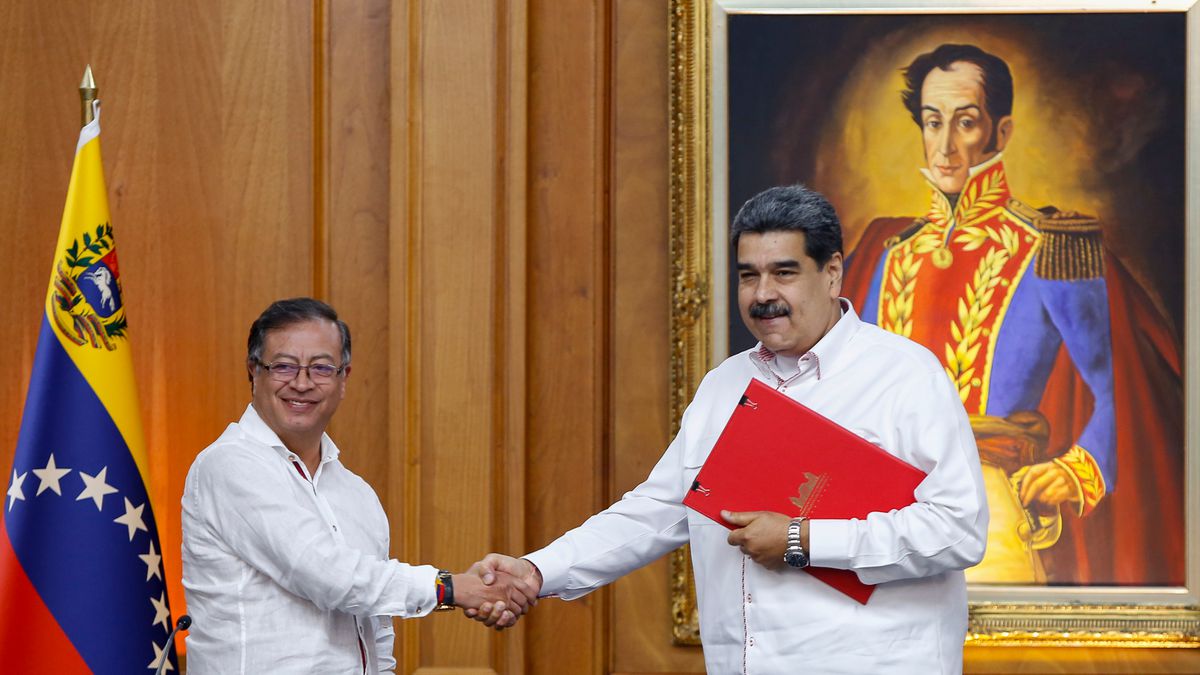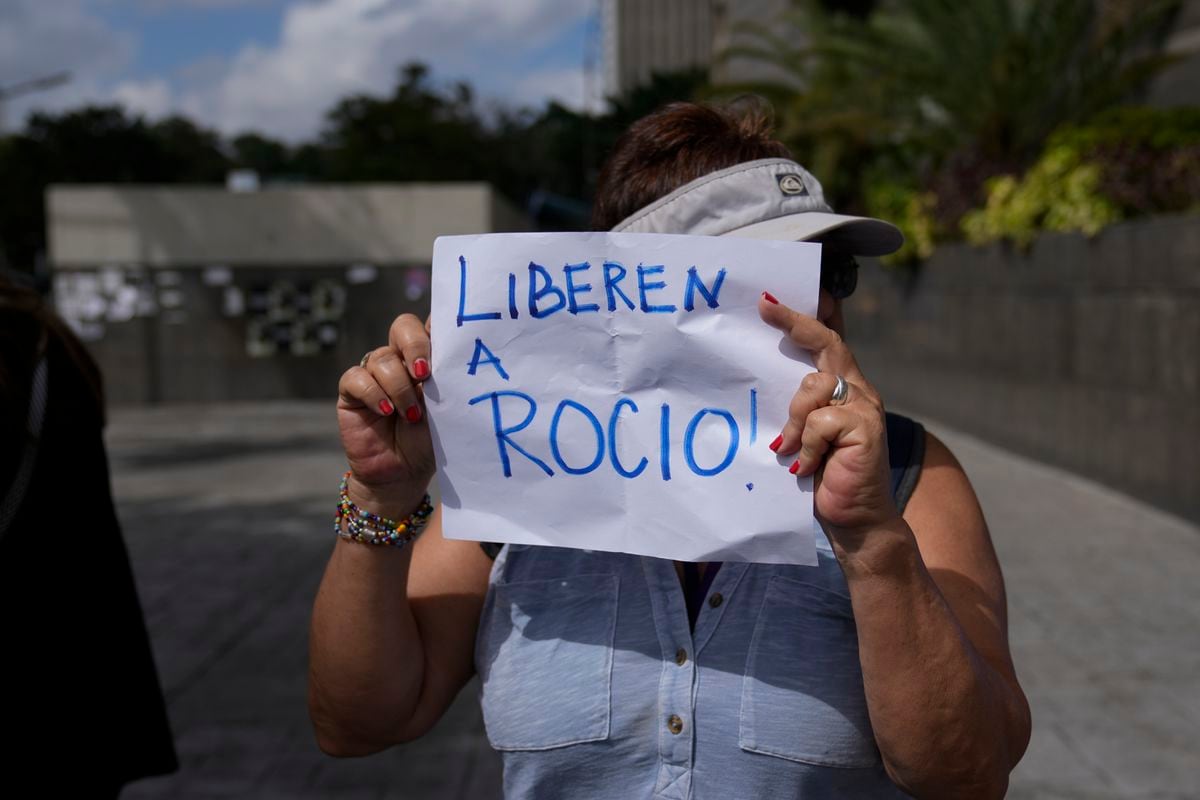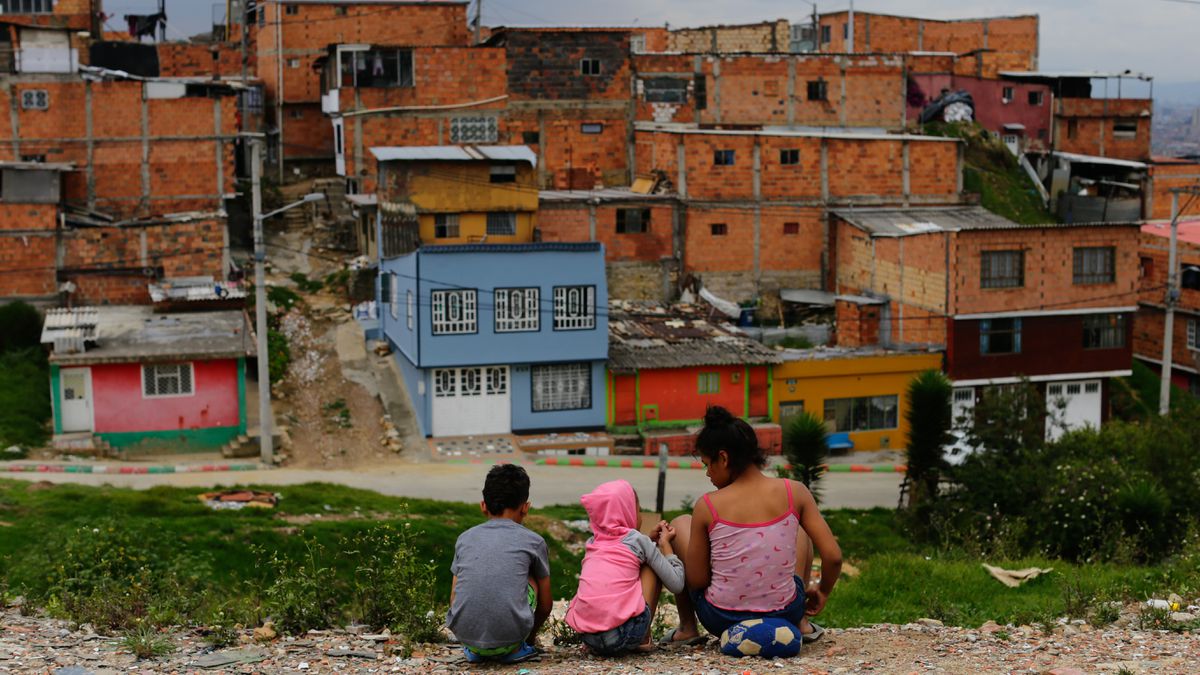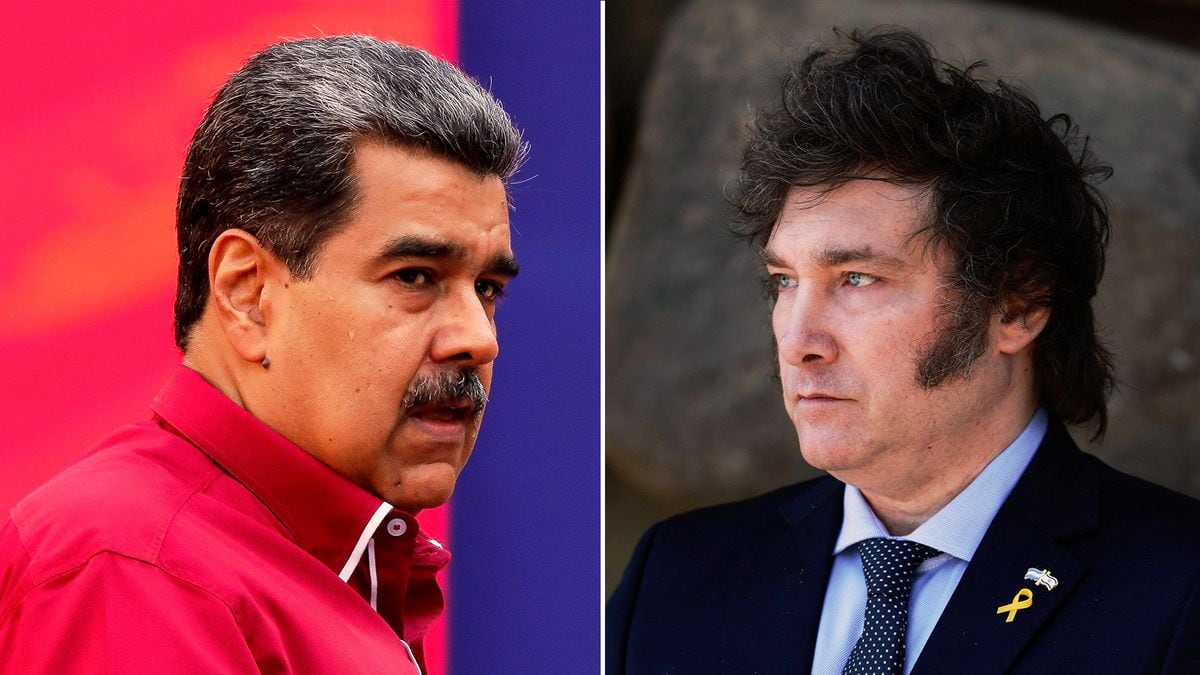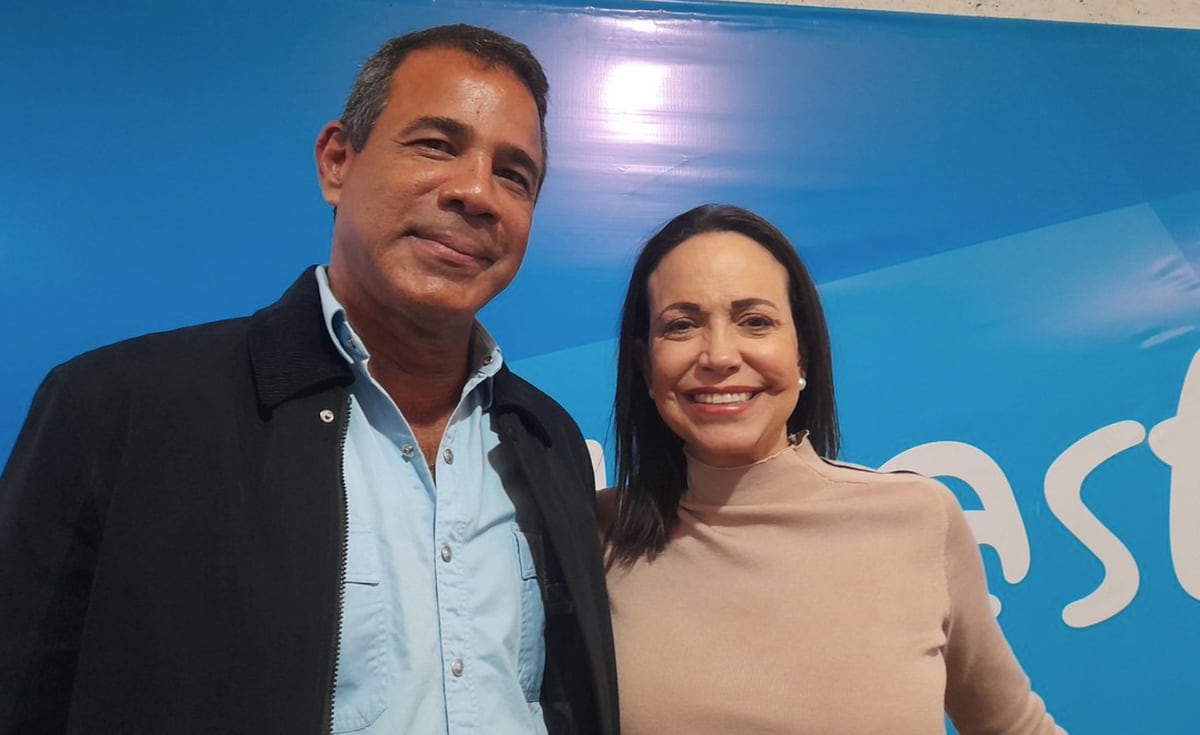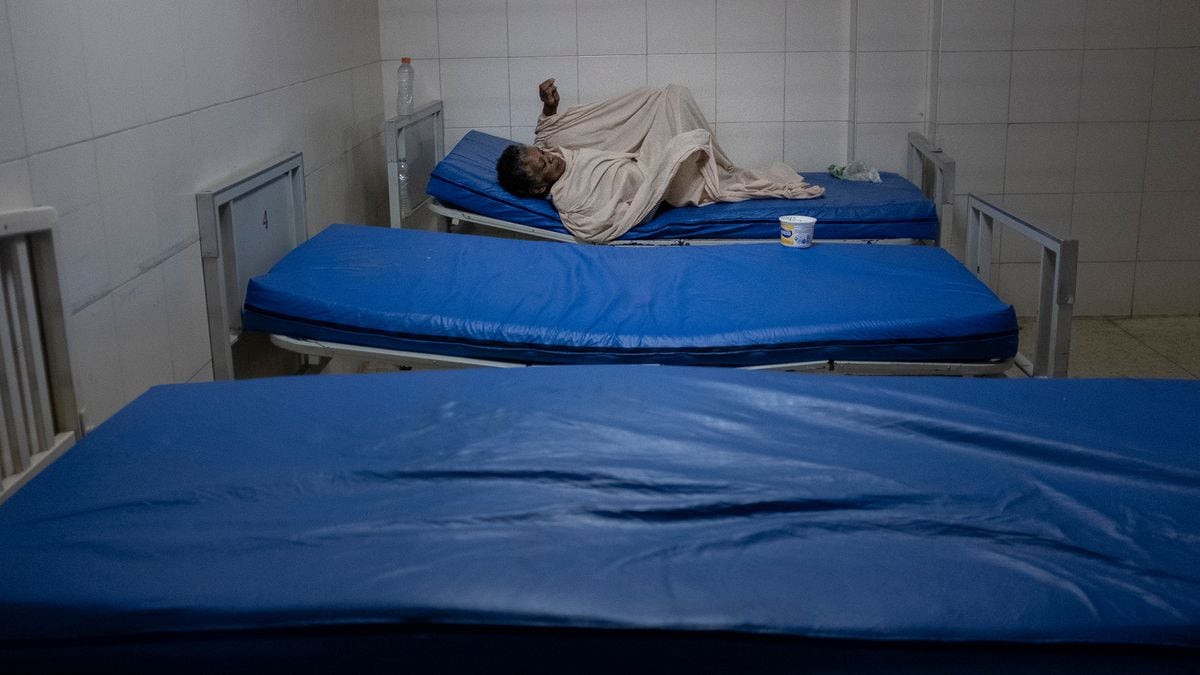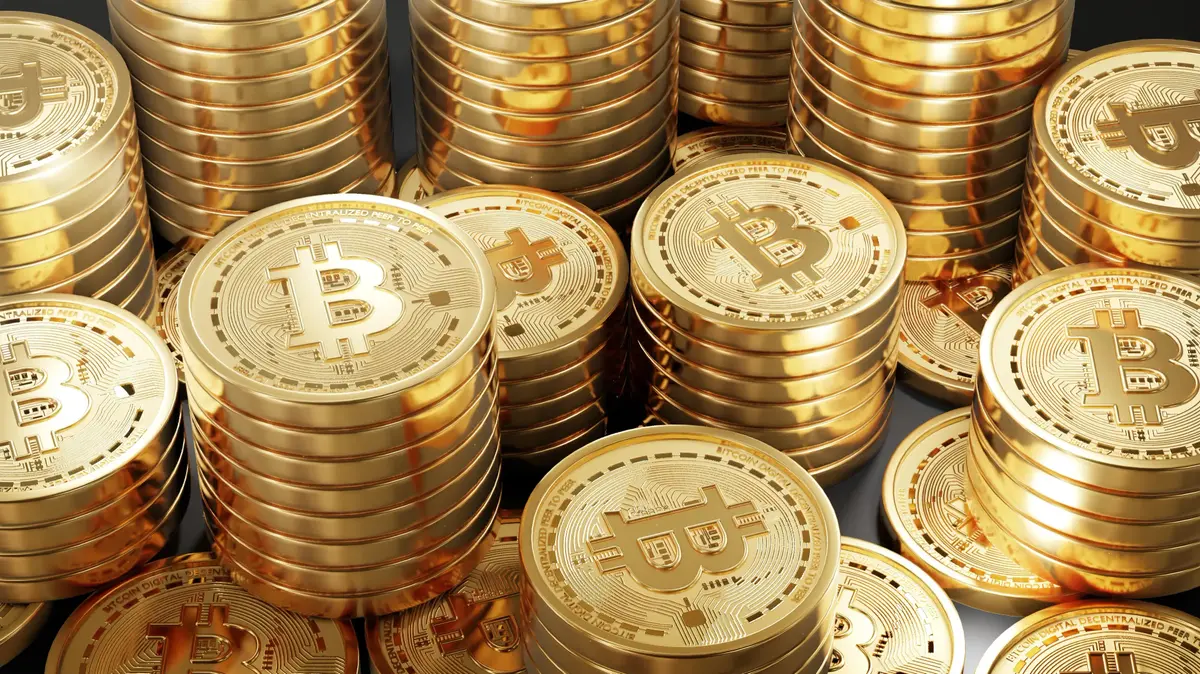When you've sunk too low, growing three times as fast as your neighbors isn't enough.
And if not, ask Venezuela.
According to the report published in December by the Economic Commission for Latin America and the Caribbean, Venezuela would grow 12% in 2022 and 5% in 2023, more than three times the 3.7% and 1.3% that the same body estimated for the regional average.
However, the migration of Venezuelans to that region with lower growth did not stop, reaching more than six million people in February 2023.
Part of the explanation has to do with the size of the drop.
Between 2014 and 2020, and according to estimates by the Ecoanalítica consultancy, Venezuela lost 75% to 80% of its GDP, unprecedented percentages for a country in peacetime.
It is easier to grow at high speeds when starting from very low levels than when the economy is nearing its maximum capacity.
In the words of Alejandro Grisanti, from Ecoanalítica, “when something falls from 100 to 20, and then it goes up 10%, it doesn't mean that much;
You have only recovered 2 points, that is, you are still 78 points below the previous level”.
But the most important part of the explanation is perhaps the origin of a recovery that has almost exclusively affected import and commercial activity, without solving the limits that weigh on oil production or the problems of lack of confidence that hinder manufacturing. .
According to José Morales Arilla, from the Harvard Growth Lab, the timid recovery began in 2021 with a series of measures that the government of Nicolás Maduro implemented in response to the 2019 sanctions of the Trump Administration.
“There was a de facto
liberalization
of the Venezuelan economy;
It is not that the regulatory framework for price controls was changed, but rather that it ceased to be applied”, says the expert.
"The economic sanctions against people related to the regime were restricting access to their income and forcing that income could only be enjoyed within the country, because they could no longer leave," he adds.
More information
Tareck El Aissami, Venezuelan Oil Minister, falls for PDVSA corruption
The appearance of luxury restaurants, Prada handbag stores and Ferrari dealerships in a country where one in three children has symptoms of malnutrition has a lot to do with the relaxation of price and import controls that, suddenly , gave possibilities of economic improvement to a middle class that, in the words of Morales Arilla, "had become in 2019 the main component of the opposition because it came from years of impoverishment."
“Those middle class people who weren't affected by US sanctions were suddenly able to import and sell at high prices because Venezuela stopped enforcing price controls,” he explains.
The withdrawal of controls has also meant the dollarization of the economy.
Added to the strong adjustment that the Government put into practice indirectly by delaying the updating of state salaries, the US currency as the reference currency allowed Venezuela to go from six-digit hyperinflation in 2018 to an increase in the price of the shopping cart. 234% in 2022. A horror in any other country that came as a relief for the citizens of Venezuela.
But the economic cost of the inequality generated by liberalization and the gap in public wages is also high.
According to data from the consultancy Anova Policy Research, in 2020 the income of the richest 20% multiplied by 23 the income of the poorest 20%.
A year later, that multiplier had risen to 46. And that's without counting the inequality caused by the lack of personnel in hospitals, schools and security forces.
“We do not have data, but we do have the anecdotal knowledge of many who in the public sector are giving their subordinates freedom of time to do other things;
people are trying to make a living selling cakes, cutting hair, or doing any venture that gets them into the dollarized market,” says Omar Zambrano, from Anova.
700,000 barrels
The return of income from the oil sector, thanks to the increase in prices, to the Chinese market and to the help provided by Iran to evade sanctions, also contributed to the economic recovery in 2022. But according to Grisanti, the current level of 700,000 barrels produced per day (from the 330,000 to which it had fallen after the US sanctions) could be a maximum, taking into account the conditions in which the state company Petróleos de Venezuela (PDVSA) finds itself after decades of disinvestment (in the time of Hugo Chávez , the production level oscillated around 3.5 million barrels per day).
In Grisanti's opinion, despite the fact that the US has granted temporary permits to Chevron, Repsol and Eni to recover part of what Venezuela owes them with oil, to obtain the investments required by PDVSA and the Venezuelan private sector in general, there are several insurmountable obstacles: the US sanctions on PDVSA, the 150,000 million dollars of Venezuelan debt in default and the excessive zeal with which international banks treat any investment destined for Venezuela.
And it is that, as Zambrano says, for the recovery to extend beyond the commercial import activity and reach the manufacturing sector, confidence is needed for long-term investments that will be very difficult to recover.
As well as the 1,500 million dollars in Venezuelan gold that rest in the Bank of England, "on which there is already an adverse court ruling."
Or like the assets of the Venezuelan refinery on US soil Citgo, "which is in the hands of its creditors."
Less impossible, says Zambrano, is to obtain the recognition of the Government by the International Monetary Fund to access some 5,000 million dollars in special drawing rights that correspond to Venezuela.
"If there is an agreement in Mexico [in the negotiations between the government and the opposition], it is possible that the government will get access to that money, I think they are discussing it as part of the package."
In an economy like Venezuela's, with an estimated GDP of between 50,000 and 60,000 million dollars, according to Zambrano's data, those 5,000 million could represent a significant difference.
"Before that was not money for Venezuela, but with the size of its economy at the moment, now it is a lot."
Follow all the information on
Economy
and
Business
on
and
, or in our
weekly newsletter


